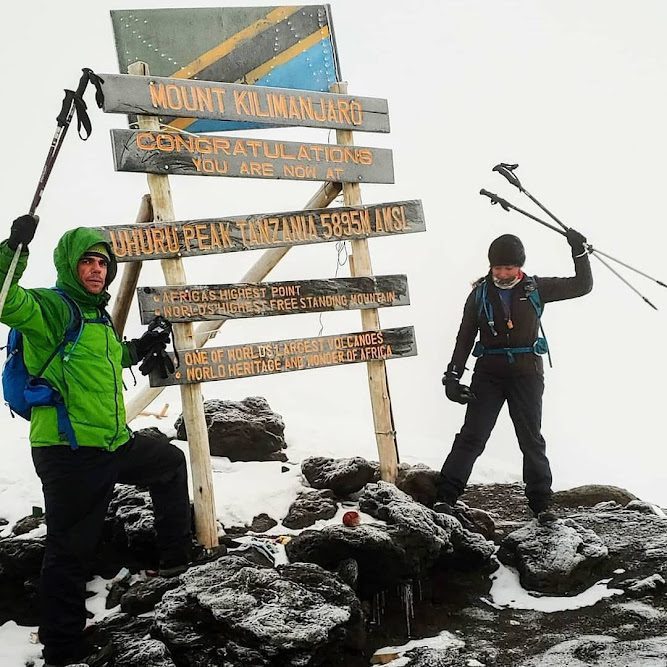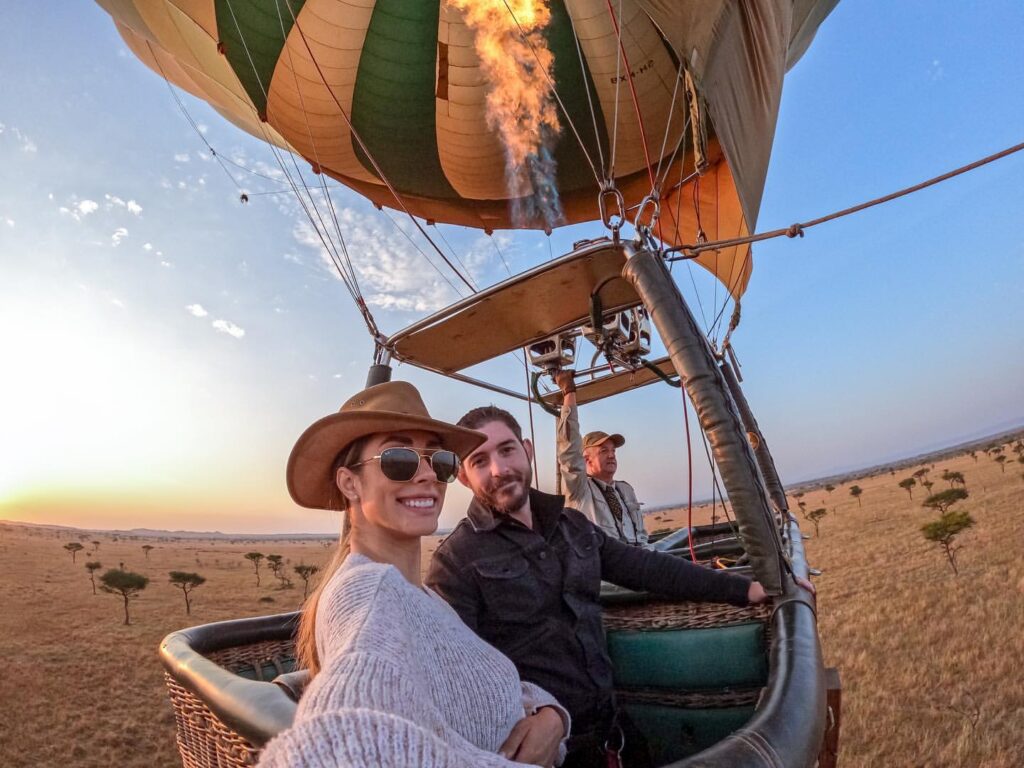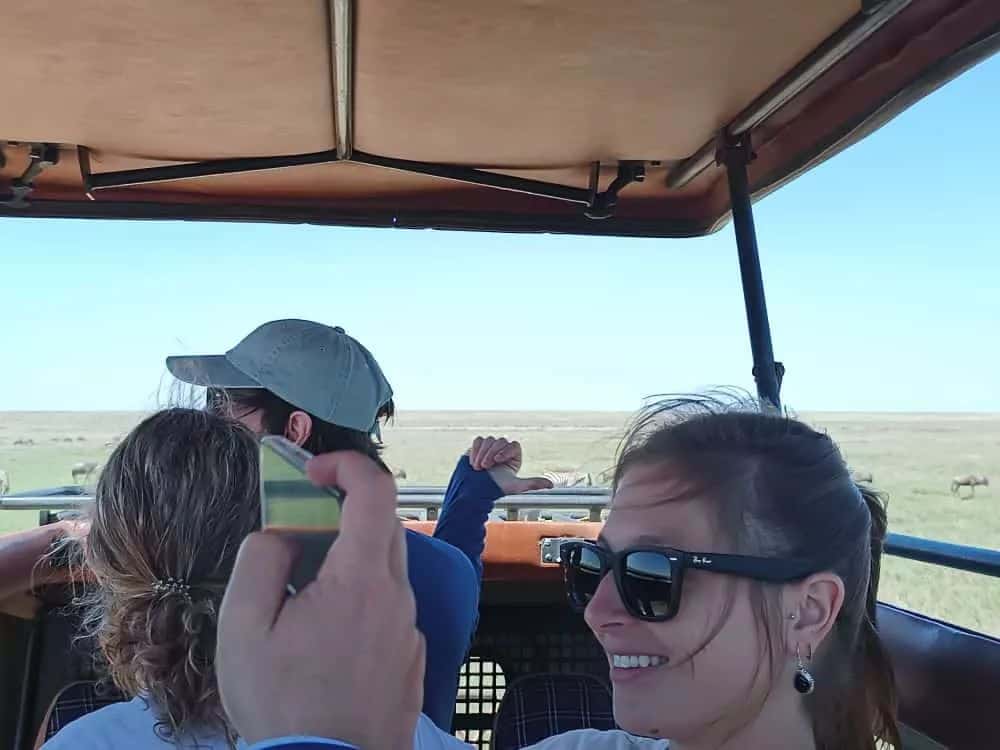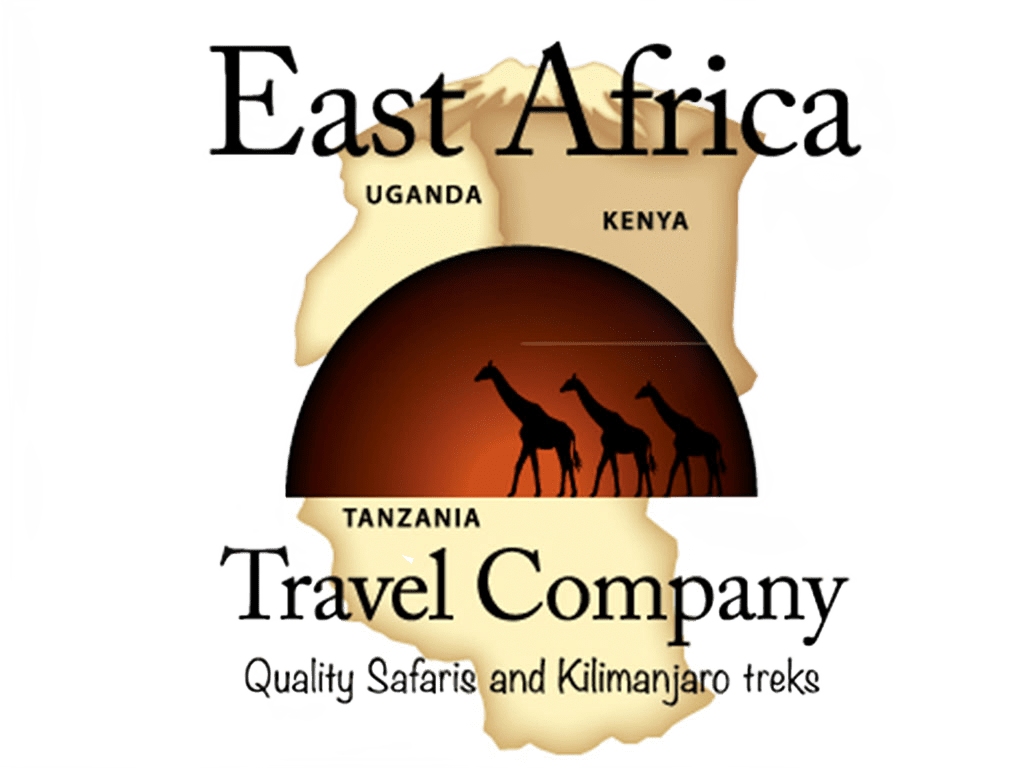Tanzania African Safari: Discover the wonders of Tanzania’s African safari as we guide you through five mesmerizing wilderness escapes. From the iconic Serengeti to the majestic Mount Kilimanjaro, immerse yourself in the beauty of East Africa’s natural landscapes and diverse wildlife. Explore the best times to visit, must-see attractions, thrilling activities, and essential travel tips for an unforgettable adventure in Tanzania.



Tanzania African Safari
Introduction
In the heart of East Africa lies a realm of unparalleled natural beauty and diversity—Tanzania. Renowned for its vast savannas, teeming wildlife, and awe-inspiring landscapes, Tanzania beckons adventurers from across the globe to embark on an unforgettable journey through its wilderness escapes. In this comprehensive guide, we delve into five spellbinding destinations that promise an unparalleled safari experience.
Why Tanzania?
Tanzania stands as a beacon for eco-tourism, offering a harmonious blend of conservation efforts and immersive safari experiences. With its array of national parks, reserves, and protected areas, Tanzania provides a sanctuary for some of the world’s most iconic wildlife species, including the Big Five—lion, elephant, buffalo, leopard, and rhinoceros. Moreover, its rich cultural tapestry, encompassing diverse ethnic groups and traditions, adds a fascinating dimension to the safari adventure.
Geographical Information
Location and Climate
Tanzania occupies a strategic position along the eastern coast of Africa, bordered by Kenya, Uganda, Rwanda, Burundi, Zambia, Malawi, Mozambique, and the Indian Ocean. Its equatorial location ensures a tropical climate characterized by two distinct seasons: the dry season (from June to October) and the wet season (from November to May). The dry season, particularly from July to September, is considered the prime time for safaris due to the sparse vegetation and increased wildlife sightings.
Best Times to Visit
For optimal safari experiences, the dry season, specifically the months of July to October, is ideal, as wildlife congregates around water sources, facilitating easier sightings. However, for bird enthusiasts, the wet season offers a unique opportunity to witness migratory birds in their full splendor, making it a rewarding time to visit certain regions like the Serengeti.
Must-Visit Attractions
1. Serengeti National Park
Overview: Widely regarded as Africa’s premier safari destination, the Serengeti National Park epitomizes the quintessential African safari experience. Spanning approximately 14,750 square kilometers, this vast expanse of savanna hosts one of the most spectacular natural events—the Great Migration.
The Great Migration: Witnessing millions of wildebeest, zebras, and other herbivores traverse the Serengeti in search of greener pastures is a sight to behold. The annual migration cycle, dictated by rainfall patterns, encompasses a relentless cycle of life and death, with predators lurking in the shadows.
Hot Air Balloon Safari: For a truly unique perspective, embark on a hot air balloon safari over the Serengeti, where you can soar above the plains at sunrise and witness the awakening of the savanna from a bird’s-eye view.
Wildlife Encounters: From lion prides lounging beneath acacia trees to elusive leopards stealthily stalking their prey, the Serengeti offers unrivaled opportunities for wildlife photography and observation.
2. Ngorongoro Crater
Overview: Dubbed the “Eighth Wonder of the World,” the Ngorongoro Crater is a geological marvel and a haven for biodiversity. Formed from the collapse of a volcanic caldera millions of years ago, this natural amphitheater harbors an astonishing array of wildlife within its confines.
Big Five Paradise: The Ngorongoro Crater is renowned for its high concentration of wildlife, including all members of the Big Five. Visitors can expect to encounter lions, elephants, buffaloes, rhinoceroses, and leopards against the backdrop of the crater’s panoramic vistas.
Maasai Culture: Surrounding the Ngorongoro Conservation Area are the ancestral lands of the Maasai people, one of Tanzania’s most iconic ethnic groups. Engage in cultural excursions to Maasai villages, where you can learn about their traditional lifestyle, customs, and rituals.
3. Tarangire National Park
Overview: Tucked away in northern Tanzania, Tarangire National Park remains a hidden gem overshadowed by its more famous counterparts. However, this lesser-known sanctuary boasts a serene ambiance and abundant wildlife, making it a paradise for discerning travelers seeking solitude amidst nature.
Baobab Wonderland: Tarangire is synonymous with its iconic baobab trees, which dot the landscape like ancient sentinels. These colossal trees provide shade for wildlife and serve as a picturesque backdrop for photography enthusiasts.
Elephant Migration: During the dry season, Tarangire becomes a sanctuary for large herds of elephants seeking refuge from the parched plains of surrounding regions. Witnessing hundreds of elephants congregate around the Tarangire River is a truly mesmerizing sight.
Birdwatching Paradise: With over 550 bird species recorded within its borders, Tarangire offers a paradise for birdwatchers. From vibrant lilac-breasted rollers to majestic martial eagles, the park’s avian diversity is a testament to its ecological significance.
4. Selous Game Reserve
Overview: Encompassing an area larger than Switzerland, the Selous Game Reserve ranks as one of the largest protected areas in Africa. Its remote location and pristine wilderness make it an idyllic retreat for intrepid travelers seeking an off-the-beaten-path safari experience.
Boat Safaris: Unlike traditional game drives, Selous offers the unique opportunity to explore its waterways on boat safaris. Glide along the Rufiji River, Africa’s largest river delta, and encounter hippos, crocodiles, and a myriad of bird species in their natural habitat.
Walking Safaris: Delve into the heart of the bush on guided walking safaris led by experienced rangers. Feel the pulse of the wilderness as you track wildlife on foot and gain a deeper appreciation for the intricate ecosystems that sustain life in Selous.
Wilderness Camping: Immerse yourself in the sights and sounds of the African night with wilderness camping expeditions in Selous. Fall asleep to the distant roar of lions and awaken to the melodious chorus of birds at dawn—an experience that epitomizes the essence of safari adventure.
5. Mount Kilimanjaro National Park
Overview: Towering majestically above the East African plains, Mount Kilimanjaro stands as the tallest freestanding mountain in the world and a beacon for adventurous souls seeking to conquer its lofty peak.
Climbing Expeditions: Embark on the ultimate adventure with a trek to the summit of Mount Kilimanjaro. With multiple routes catering to varying skill levels and preferences, Kilimanjaro offers a challenge that transcends physical exertion—a test of determination, resilience, and camaraderie.
Ecological Diversity: As you ascend Kilimanjaro’s slopes, you’ll traverse a microcosm of ecosystems, from lush rainforests teeming with biodiversity to alpine deserts devoid of life. Each ecological zone presents its own set of challenges and rewards, culminating in the breathtaking glacial summit.
Sunrise Spectacle: Witnessing the sunrise from Uhuru Peak, the highest point on Kilimanjaro, is a moment of unparalleled splendor. As the first rays of dawn illuminate the snow-capped peaks and cast a golden glow upon the vast expanse below, you’ll be filled with a profound sense of accomplishment and reverence for the natural world.
Activities and Experiences
1. Safari Game Drives
Unparalleled Wildlife Encounters: Embark on thrilling game drives through Tanzania’s national parks and reserves, where you’ll have the chance to witness the mesmerizing spectacle of predator-prey interactions, the graceful movements of giraffes against the horizon, and the playful antics of elephant calves.
Night Safaris: Experience the magic of the nocturnal wilderness on guided night safaris, where you’ll encounter elusive nocturnal creatures such as leopards, hyenas, and bushbabies under the cloak of darkness.
2. Cultural Immersion
Maasai Village Visits: Immerse yourself in the rich cultural heritage of the Maasai people through immersive village visits, where you’ll learn about their traditional way of life, folklore, and age-old customs passed down through generations.
Local Markets: Explore bustling local markets brimming with vibrant colors, aromatic spices, and handmade crafts, offering a glimpse into Tanzania’s diverse cultural tapestry and entrepreneurial spirit.
3. Hot Air Balloon Safaris
Bird’s-eye View: Soar above the Serengeti’s sweeping plains in a hot air balloon and witness the breathtaking expanse of the savanna unfolding beneath you as the sun rises, painting the landscape in hues of gold and crimson.
Champagne Breakfast: Conclude your balloon safari with a champagne breakfast amidst the wilderness, where you’ll toast to unforgettable memories and the boundless beauty of Tanzania’s natural wonders.
Travel Tips
Accommodation
Luxury Lodges: Indulge in unparalleled luxury and comfort at exclusive safari lodges and tented camps nestled amidst the wilderness, offering world-class amenities, gourmet dining, and personalized service.
Bush Camping: For adventurous souls seeking a closer connection with nature, bush camping offers the opportunity to spend the night under the stars in remote wilderness areas, accompanied by the sounds of the African night.
Transportation
Safari Vehicles: Opt for guided safari tours conducted in specially designed 4×4 vehicles, equipped with pop-up roofs for unobstructed wildlife viewing and experienced guides who will share their knowledge of the bush.
Internal Flights: Save time and maximize your safari experience by taking advantage of Tanzania’s extensive network of domestic flights, which provide convenient access to remote safari destinations.
Packing Essentials
Lightweight Clothing: Pack breathable, lightweight clothing in neutral colors suitable for warm days and cooler evenings, along with sturdy walking shoes, a wide-brimmed hat, and sunglasses for protection against the sun.
Binoculars and Camera: Enhance your safari experience with binoculars for close-up wildlife observation and a camera or smartphone to capture unforgettable moments amidst the wilderness.
Safety and Health Precautions
Malaria Prevention
Prophylactic Medication: Consult your healthcare provider for advice on anti-malarial medication and ensure that you take the prescribed dosage as directed to minimize the risk of contracting malaria while on safari.
Insect Repellent: Use insect repellent containing DEET on exposed skin and clothing to deter mosquitoes and other biting insects, particularly during dawn and dusk when they are most active.
Sun Protection
Sunscreen: Apply sunscreen with a high SPF rating to exposed skin to protect against harmful UV rays, and reapply regularly, especially after swimming or sweating.
Hydration: Stay hydrated by drinking plenty of water throughout the day, particularly in hot and arid environments, to prevent dehydration and heat-related illnesses.
Budget Planning
Cost-effective Options
Group Tours: Joining group safari tours or booking packaged safari itineraries can help reduce costs by sharing expenses such as accommodation, transportation, and guide fees with fellow travelers.
Off-peak Travel: Consider visiting Tanzania during the shoulder seasons or off-peak months to take advantage of discounted rates on accommodation and safari packages, while still enjoying rewarding wildlife sightings and favorable weather conditions.
Hidden Costs
Park Fees: Be prepared to pay park entrance fees and conservation levies at various national parks and reserves in Tanzania, which contribute to wildlife conservation and habitat protection efforts.
Tipping: Factor in gratuities for safari guides, drivers, lodge staff, and other service providers, as tipping is customary in Tanzania and an important source of income for hospitality industry workers.
Local Cuisine
Traditional Dishes
Ugali: A staple food in Tanzanian cuisine, ugali is a maize-based porridge that serves as a hearty accompaniment to meat, fish, or vegetable dishes.
Nyama Choma: Indulge in the smoky flavors of nyama choma, grilled meat skewers typically served with side dishes such as ugali, rice, or chapati, and accompanied by spicy sauces.
Street Food Delights
Mandazi: Savor the sweet and savory flavors of mandazi, deep-fried doughnuts infused with coconut milk and spices, enjoyed as a popular street snack or breakfast treat.
Kachumbari: Refresh your palate with kachumbari, a vibrant salad made from diced tomatoes, onions, cilantro, and chili peppers, seasoned with lime juice and salt, and served alongside grilled meats or as a condiment.
Conclusion
In conclusion, embarking on a Tanzania African safari is an unparalleled adventure that promises to ignite your sense of wonder, connect you with nature in its purest form, and leave you with cherished memories that will last a lifetime. From the iconic plains of the Serengeti to the rugged beauty of Mount Kilimanjaro, Tanzania’s wilderness escapes offer a glimpse into the untamed spirit of Africa—a journey that is as exhilarating as it is transformative.
Video
